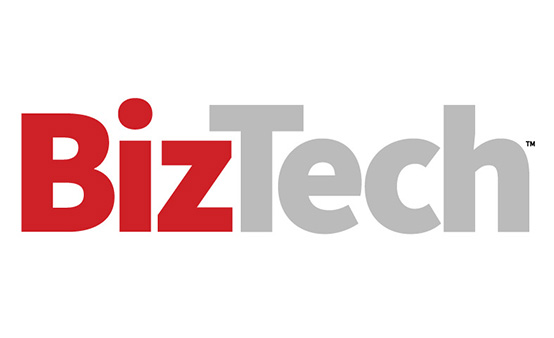1. Use Edge Computing With Local Storage Nodes
Edge computing empowers SMBs to tap into data center resources both on-premises and in remote locations, a strategic advantage for a workforce that’s nearly 50% hybrid, according to the U.S. Chamber of Commerce.
Edge computing relies on edge nodes, which are located “closer to the data source” (e.g., small servers, routers, gateways), notes Scale Computing. This allows SMBs to store relevant data locally. This cuts down dramatically on latency time because there’s no fetching large volumes of data from a central server.
The result? Greater efficiency across computing operations and productivity.
READ ON: Improve your workflows with platform engineering.
2. Embed DevOps Into Hybrid Cloud Storage
Embedding DevOps pipelines into hybrid cloud storage can help SMBs scale and grow without disrupting daily operations.
“The DevOps approach to software development helps SMBs accelerate the delivery of high-quality software by making it easier to write, test, secure, and deploy code,” notes Microsoft.
Teams can also automate testing, deployment and monitoring across on-premises and cloud environments. Etsy was an early adopter of DevOps, and it allowed the e-commerce company to create data synchronization between cloud and local servers. Everlane, Blue Bottle Coffee and Goop also found success with this model.
“SMBs that successfully adopt DevOps automation often realize big gains in their ability to deliver reliable software faster and find that it’s easier to scale their services,” notes Microsoft. It also helps them “improve the consistency of configurations, security checks and testing, and creates a pipeline that fosters value throughout the software development lifecycle.”
There are many tools SMBs can use to embed storage into their hybrid cloud DevOps practices. For instance, Kubernetes, Docker and Jenkins can be used in conjunction with Amazon Web Services. And Azure Blob Storage and Azure Artifacts offer storage options within hybrid continuous integration/continuous delivery pipelines.
RELATED: How your business can supercharge DevOps with Docker and Jenkins.
3. Leverage Cloud-Based Analytics on Archived Data
Data archiving is a common practice across industries. “Most businesses use data archives for legacy data or data that they are required to keep in order to meet regulatory standards like HIPAA, PCI-DSS or GDPR,” according to Cloudian. Until there’s a need for this data, it often just sits untouched in storage. But now, SMBs can mine cloud analytics instantly without pulling from the archives.
“Similar to on-premises data analytics, cloud analytics solutions help you identify patterns, make predictions and derive business intelligence insights,” notes Google Cloud. “It extends those capabilities to enable you to work with massive amounts of complex business data using algorithms and cloud technologies.”
Teams can also perform historical analyses and plan. This helps SMBs “unlock the value of their historical data assets and derive actionable insights for informed decision-making,” according to the Journal of Artificial Intelligence & Cloud Computing.
Click the banner below for the latest insights from CDW’s Cloud Computing Research Report.













